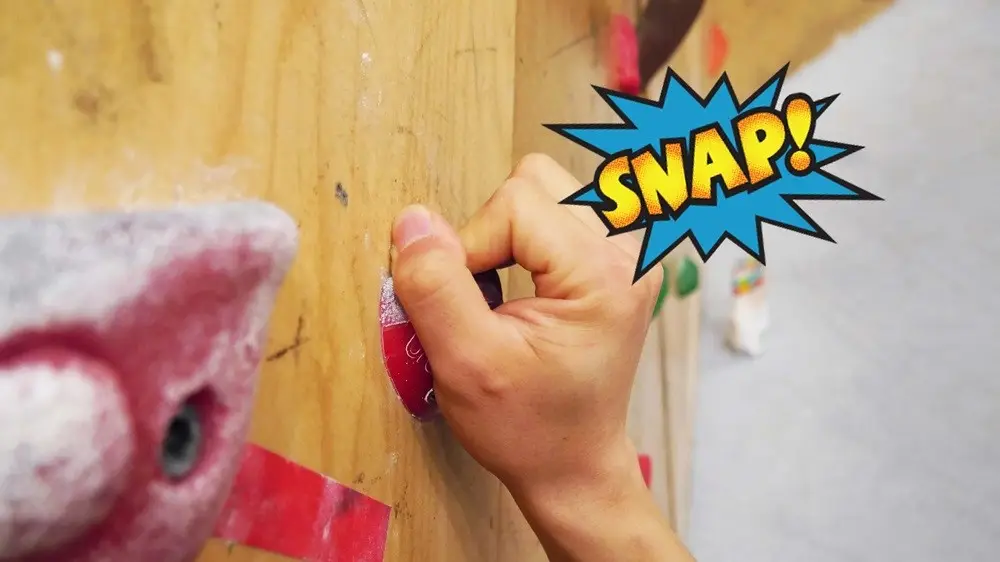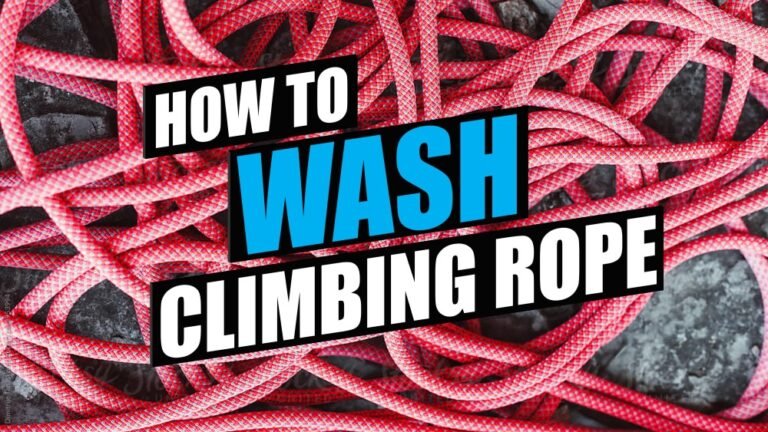3 Common Injuries
Climbing injuries can be a pain. Just when you think you are making good progress with your training you get an injury. And everything comes to a screeching halt. Of cause, you can continue to train but it is not recommended as that would aggravate your injury. The best cure for climbing injuries is not to get one in the first place. So it is important to know what are the common injuries and what you can do to minimize your chances of getting them.
Finger injury (Cause)
An article on climbing injuries would not be complete without a discussion on finger pulleys injury. It is one of the most common and frequent injuries experienced by climbers. Finger injuries are mainly due to climbers exerting great force on the finger tendons which load on the pulleys. If the force exerted is huge enough it can result in a rupture. Most climbers get pulley injuries from crimping.
To hold on to a small hold you’ll require a crimp grip. Below are 4 types of crimp grips. Using an open hand and half crimp has less impact on your fingers joints. Whereas using full and closed crimp can result in injury to your pulleys as these grips can exert huge force on your finger joints.


Prevention is always better than cure. So it is necessary to pay attention to how you crimp. Technique always triumphs over strength. Women tend to climb with more technique while men tend to climb with brute strength. If you are a woman continue to climb like a woman, if you are a man try climbing like a woman 🤣.
Finger injury (Remedy)
If you had already gotten injured what can you do? The simple answer is to rest and not climb. But being a climber that is almost impossible to do. For mild pulley injury, you can tape up your injured fingers using H Taping. You can continue to climb with taped fingers but on easy routes.


Elbow injury (Cause)
Another common injury is the “tennis elbow”. This is when a climber feels pain from the forearm tendons on the outside of the elbow. These tendons join together to form the common extensor tendon at the elbow. Tennis elbow is due to overusing the forearm muscles and tendons around the elbow joint on repetitive and strenuous activity. Climbing too frequently without conditioning your elbows will result in tennis elbow.
Elbow injury (Remedy)
To minimize and prevent tennis elbow from happening will require you to some conditioning and exercise to treat and strengthen the tendons at your elbows.
Shoulder injury (Cause)
A shoulder injury is typically the rotator cuff tendons being impinged upon by a bone or ligament. Shoulder impingement is a condition where your shoulder rotator cuff tendons are intermittently trapped and compressed during shoulder movements causing injury to the shoulder tendons resulting in painful shoulder movements. The common cause of shoulder impingement for climbers is often due to repetitive activities such as reaching overhead or rotating the shoulder while exerting force.
Shoulder injury (Remedy)
To minimize and prevent shoulder injury you’ll need to strengthen your shoulder. Strong shoulder muscles enable your shoulder to be more stable when executing a variety of shoulder movements and rotations.
Conclusion
Injuries are part and parcel of any sport and just like any sport you’ll need to condition your body. Overtraining is the most common reason why climbers get injured. The intensity of training needs to be moderated according to your fitness level. Doing warm-ups prior to climbing and cool-down exercises after your climbing session will also help to reduce the likelihood of injuries.











